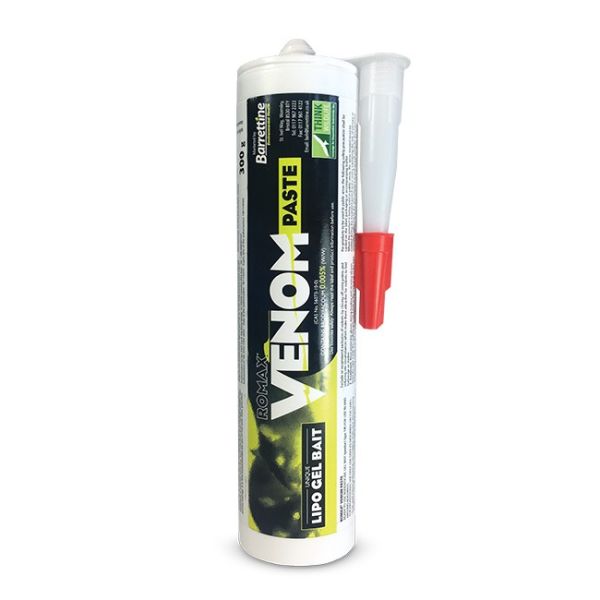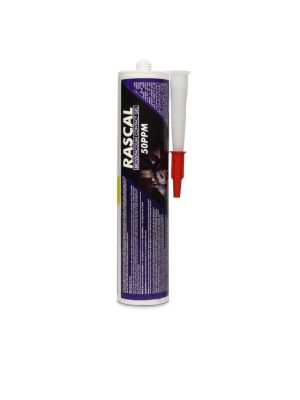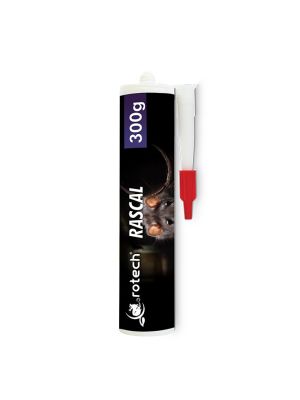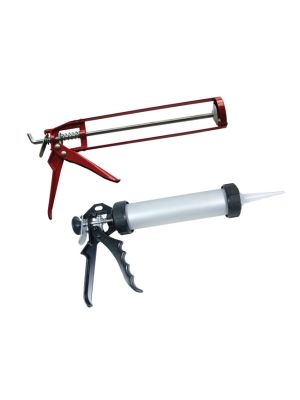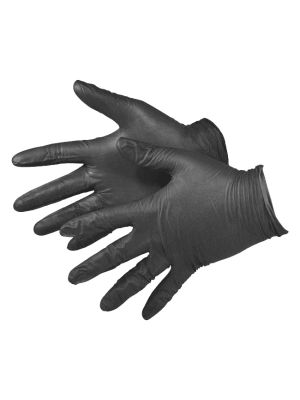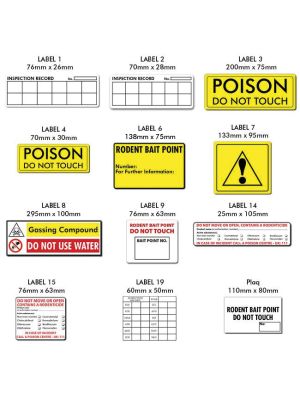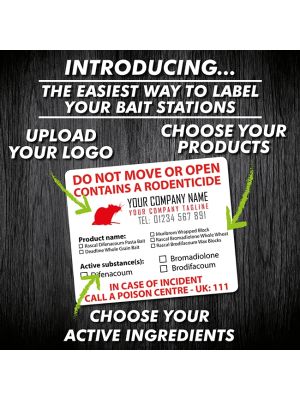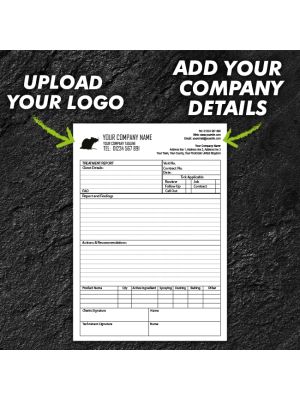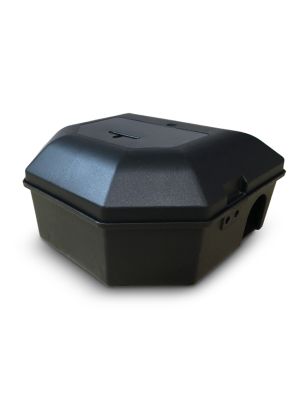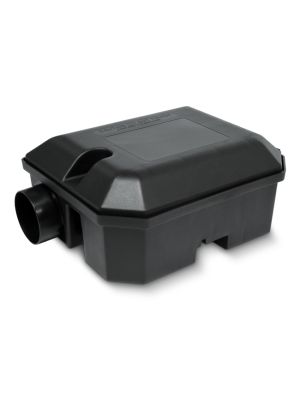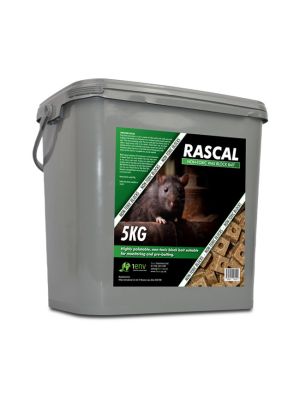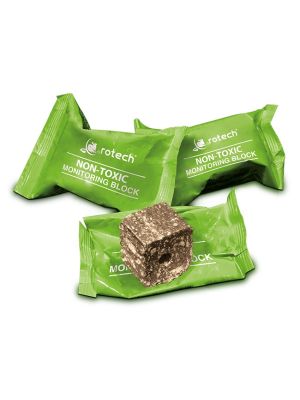Romax Venom Lipo Gel 300gm (Pk 10)

This product requires certification to purchase.
If you have an approved account, please sign-in to purchase this product.
If you hold certification but haven't got an account yet please contact us by one of the methods below:
Live Chat | 01702 525 202 | sales@1env.co.uk
*Please note, if you do not have qualifications in pest control, we will not sell this product to you*
- Increased water activity formulation offering rapid efficacy as well as the convenience and capacity of rapid baiting.
- The availability of Brodifacoum in this format gives rapid absorption into soft tissues.
- Supplied in 300g tubes to allow for easy application (caulking gun) and transportation, which reduces the risk of contamination.
- Can be used within our range of rodent bait stations.
Contains: 0.005 % Brodifacoum
Authorisation number: UK 2016-1041-002
Place of use: ROMAX® VENOM PASTE can be used to control mice and rats infestation in and around buildings (e.g. homes, hospitals, animal housing, warehouses, food industries, etc.).
DIRECTIONS FOR USE:
Baits are manually placed in the rodent infested area. The bait product can potentially be used under many different circumstances and can be deployed using various means. The method of deployment is dependant on the particular circumstance. A priority is always to exclude non target exposure as much as possible. Methods of deployment for professional users are bait stations (tamper proof boxes), bait points (a makeshift arrangement which uses materials and/or the local environment to restrict access to the bait), loose but inaccessible (an arrangement which uses the local environment only to restrict access to the bait). Baits can be placed in bait boxes which may be fixed to the ground. The bait in such bait boxes can also be secured in place to minimise removal and dispersal by rodents. Products may also be placed on trays under a tile or located in such a way that access by non-target organisms is restricted. These methods, in themselves, represent a scale of potential access. The vulnerability (of access by non target organisms) of a particular site is assessed in the decision for the deployment method to be used. The product must never be placed indiscriminately. For an appropriate control of rodent infestation, follow the hereunder treatment phase:
1. Site survey and pre-treatment: Before placing the bait, carry out a site survey to establish the rodent species, the level and the extent of the infestation and check any possible rodents’ points of access, burrows, feeding places, etc. To minimise the use of rodenticide baits, in particular for rodent treatments in sensitive areas (e.g. food industries, grain storage facilities and animal rearing), it is first recommended the use of non-toxic baits (placebo). Exclude or recommend exclusion of rodents by closing off entry points and reducing site circumstances which make them attractive for rodents to find harborage or shelter.
2. Treatment: Wear protective gloves during loading and cleaning phases. Insert the tube inside the caulking gun; cut a hole in the conical tip of the tube and insert the nozzle. Cut the nozzle above the screw thread, taking care not to damage the thread itself and dispense the product in tamper-resistant bait stations paying attention to clearly indicate its content and purpose. Where these are not available, hide the baits inside pieces of drainage pipe or on trays under tiles, making sure that baits are safely secured so that rodents cannot carry them away. Once finished, screw the protecting cap and loose the pressure of the caulking gun in order to prevent loss of the product. Always make sure that baits are adequately protected from children and non-target animals, such as pets and birds.
APPLICATION RATES:
• For mouse infestations use bait points of up to 50 g. Place bait points 5 metres apart, reducing to 2 metres in areas of high infestation.
• For rat infestations use bait points of up to 100 g. Place bait points 10 metres apart, reducing to 5 metres apart in areas of high infestation.
3. Monitoring: Make regular inspections of the bait points (every 3 or 4 days) and replace any bait that has been eaten by rodents, damaged by water or contaminated by dirt.
4. End of treatment: Treatment period can be considered concluded when baits remain uneaten. Use a spatula for post-application (cleaning/disposal) of bait. Search for, collect and dispose of the remains of bait and any remaining rodent bodies and dispose them safely complying with legislation regarding the correct disposal of waste.
A CRRU Certification is required for all professional pest controllers to purchase rat and mouse poisons.
To be used only by professional users holding certification demonstrating compliance with UK rodenticide stewardship regime requirements.
Read the label before use. Using this product in a manner that is inconsistent with the label may be an offence. Refer to the CRRU UK Code of Best Practice (or equivalent) for guidance.
When this product is supplied to a user for the control of rodents, it shall only be supplied to a professional user holding certification demonstrating compliance with UK rodenticide stewardship regime requirements.

